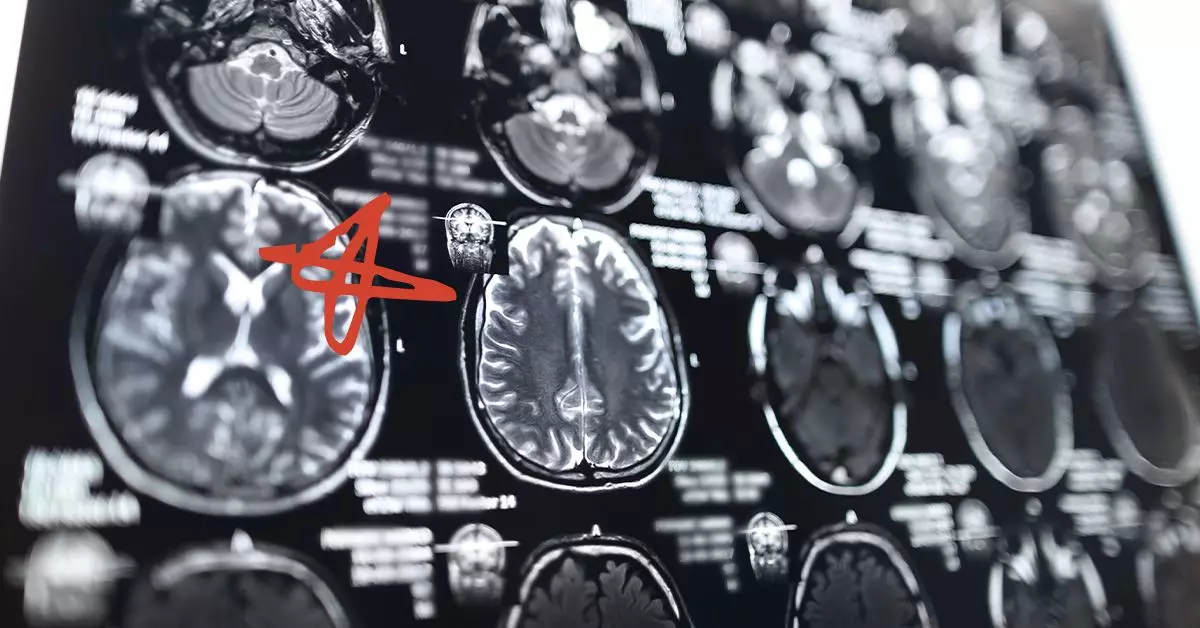Stage 4 brain cancer represents the most advanced form of brain tumors, where malignancy has escalated, leading to significant challenges in treatment and management. It is largely characterized by aggressive growth, profound impact on neurological function, and often, distant metastasis within the central nervous system. Unlike many types of cancer, brain tumors are not staged in a uniform manner; instead, they are graded based on their cellular characteristics observed under a microscope. This grading system serves as a means to assess how quickly a tumor may grow and its likelihood of affecting surrounding tissues and functions.
The complexity of brain cancer pathology necessitates a closer examination of the various types that can reach this advanced stage. Key players include glioblastomas, astrocytomas, and embryonal tumors, each with unique features influencing prognosis and treatment approaches.
Prognosis for individuals diagnosed with stage 4 brain cancer can vary enormously, reliant on an interconnected web of factors. The types of brain cancer represent a cornerstone of this prognosis; glioblastomas—being the most frequent type of malignant brain tumor—have a stark survival rate comparison against astrocytomas and diffuse midline gliomas.
Age plays a crucial role in survival expectations; younger patients generally exhibit better outcomes than those in older age brackets. A person’s overall health preceding the diagnosis is vital, as comorbid conditions can diminish the body’s resilience against cancer treatment. Additionally, the extent of tumor proliferation and its specific location in the brain can significantly impair or enhance treatment options. Tumors that can be surgically removed tend to yield better outcomes, while those located in critical areas may pose considerable surgical risks, and complete removal may not be achievable.
For individuals facing glioblastomas, the median survival is grim, typically ranging from 12 to 18 months post-diagnosis. Conversely, astrocytomas, particularly those classified as IDH-mutated, report slightly different survival rates, with a 2023 study indicating a one-year survival probability of about 25% beyond the first stage. This underscores the importance of tumor type and genetic characteristics in determining patient outcomes.
A closer analysis reveals the varying prognoses associated with specific brain cancer types. For instance, glioblastomas remain particularly notorious due to their aggressive nature. The 5-year relative survival rate for patients diagnosed with this tumor type hovers around a disheartening 5.6% for those aged 40 and older.
Astrocytomas exhibit a range in outcomes; while grade 4 variants reflect a grim prognosis with a median survival of just around one year, a quarter of the diagnosed cases manage to exceed this timeline, showcasing an unexpected resilience.
On the flip side, diffuse midline gliomas—including tumors that develop within critical brain regions such as the thalamus or pons—display a relative 5-year survival rate close to 42.2%. This resilience may provide hope for some patients, yet the aggressive pathways these tumors often take cannot be understated.
Particularly noteworthy is the prognosis for embryonal tumors, including medulloblastomas, which present an encouraging 5-year survival rate of 80.6% when treated appropriately, primarily seen in pediatric cases. This statistic reflects the resilience of younger patients in combatting certain tumors, further emphasizing the age and type-specific dynamics at play.
Detecting brain tumors at an early stage significantly influences treatment efficacy and survival rates. According to the UK’s National Health Service, timely identification and intervention can potentially lead to curative outcomes, though the recurrence of tumors remains a persistent challenge. Symptoms that indicate the advancement of stage 4 brain cancer include persistent headaches, unusual drowsiness, nausea, and seizures. As the disease progresses, distressing symptoms such as loss of consciousness may emerge, indicating the need for urgent medical attention.
Engaging in a comprehensive dialogue with medical professionals allows individuals to gain personalized insights into their condition and the outlook based on individual circumstances. Factors such as tumor typing, cellular genetics, and response to treatment should perform a central role in discussions related to prognosis.
The journey through stage 4 brain cancer is undoubtedly arduous, underscoring the primordial essence of a supportive care network and medical guidance. Each individual’s experience is distinctly unique, influenced not only by the biological behaviors of their specific tumor but also by their overall health and resilience. While survival rates offer a statistical overview, they cannot encapsulate the deeply personal struggles nor the hope held by many in navigating this life-altering diagnosis.
With advancements in research and treatment modalities, there arises an opportunity for improved outcomes, paving the way for ongoing investigations into the complexities of brain cancers. Individuals facing stage 4 brain cancer must navigate personal choices while remaining informed, persistent, and optimistic about their treatment journeys.

